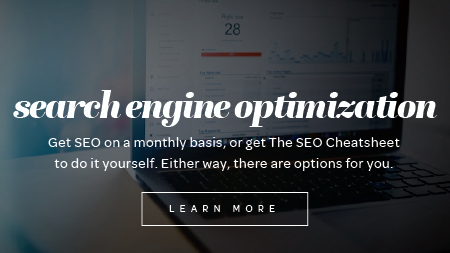What is the difference between SEO and SEM?
The main difference between SEO and SEM lies in the methods used to achieve visibility in search engine results. Where SEO focuses on organic optimization to improve rankings over time, SEM uses paid advertising to gain immediate visibility in the sponsored sections of search results. Both strategies are useful and are often used injunction to maximize a website’s online presence.
SEO is the process of optimizing a website or online content to improve its visibility in organic (not paid) search engine results. Quality SEO increases the quantity and quality of organic traffic to a website. Here's what you should know about SEO:
Organic Rankings
SEO improves a website’s position in search engine results without paying for placements.Techniques
SEO involves various techniques: technical SEO such as improving site speed, optimizing on-page elements (like URLs, titles, headings, and content), building high-quality backlinks off-page, and enhancing the overall user experience.Long-Term Strategy
Optimization requires a long-term strategy that involves consistent effort. It takes time to see significant improvements in organic rankings.Cost
While SEO efforts don’t make direct payments to search engines, those putting the time and effort may require payment upfront to complete the tasks of creating high-quality content, conducting research, and resolving several issues such as speed optimization, mobile responsiveness, security, and more.Clicks
Clicks generated through organic search results are free. Users click on your link because it’s relevant to their search query and appears high in the organic listings.
SEM emcompasses various strategies to promote a website through paid advertisements on search engines. The most common form of SEM is Pay-Per-Click (PPC) advertising. Here are some key details regarding SEM:
Paid Advertising
SEM includes paid advertising on search engines. Advertisers bid on specific keywords, and their ads are displayed at the very top, in sponsored sections of the search results with a label classifying the search result as an Ad.Immediate Visibility
With SEM, ads appear quickly, offering immediate visibility to a targeted audience.Ad Copy
Advertisers and copywriters create ad copy and choose relevant keywords to trigger their ads when users search for those terms.Cost Model
In PPC advertising, you pay when a user clicks your ad (pay-per-click). The cost depends on the competitiveness of the keyword and the quality of your ad campaign’s lead generation.Flexibility
SEM campaigns can be adjusted quickly in terms of budget, keywords, ad copy, and targeting.Display Network
SEM can also include display advertising, which places visual ads on websites within the search engine’s display network.Placement Control
Advertisers have control over where their ads appear and who sees them, based on factors like keywords, demographics, and user behavior.




